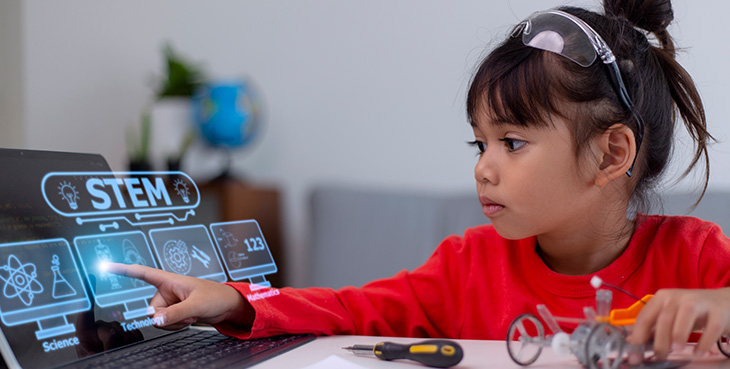
In today's fast-paced digital era, technology permeates every aspect of our lives. From smartphones and social media to cloud computing and artificial intelligence, the digital landscape is constantly evolving. As we navigate this complex environment, digital awareness has become a crucial skill for personal and professional success. This blog explores what digital awareness entails, why it is essential, and how you can adapt to technology and digital tools effectively.
Digital awareness refers to the understanding and ability to use digital technologies and tools effectively and responsibly. It encompasses a range of skills and knowledge, including:
Enhanced Productivity: Digital tools and technologies can significantly boost productivity by streamlining tasks, improving communication, and providing access to a wealth of information. Understanding how to use these tools effectively can lead to more efficient workflows and better results.
Improved Communication: Digital awareness helps you leverage communication platforms such as email, instant messaging, and video conferencing. This ensures clear and effective communication, whether you’re collaborating with colleagues, networking, or staying in touch with friends and family.
Informed Decision-Making: Being digitally aware allows you to access and analyze information from various sources. This helps in making informed decisions based on accurate data and insights, which is crucial in both personal and professional contexts.
Enhanced Security and Privacy: Digital awareness includes understanding how to protect your personal information and navigate digital security threats. This helps in safeguarding your data from cyberattacks, identity theft, and other online risks.
Adaptability and Growth: As technology continues to advance, being digitally aware equips you to adapt to new tools and trends. This adaptability is essential for staying relevant in the job market and leveraging new opportunities for personal and professional growth.
1. Stay Informed About Technology Trends:
Follow Industry News: Keep up-to-date with the latest technological advancements and trends by following tech news, blogs, and industry publications.
Attend Workshops and Webinars: Participate in digital literacy workshops and webinars to learn about new tools and technologies.
2. Learn to Use Digital Tools Effectively:
Explore Popular Platforms: Familiarize yourself with commonly used digital tools such as productivity software, project management platforms, and social media.
Take Online Courses: Enroll in online courses to gain skills in specific digital tools or technologies. Platforms like Coursera, LinkedIn Learning, and Udemy offer various courses on digital skills.
3. Practice Safe Online Behavior:
Understand Privacy Settings: Learn how to adjust privacy settings on social media and other online accounts to protect your personal information.
Use Strong Passwords: Implement strong, unique passwords for your accounts and use password management tools to keep track of them.
4. Develop Critical Digital Literacy:
Evaluate Sources: Be critical of the information you encounter online. Check the credibility of sources and verify facts before accepting or sharing information.
Recognize Digital Manipulation: Be aware of digital manipulation techniques, such as misinformation and clickbait, and approach online content with a critical mindset.
5. Embrace Continuous Learning:
Adapt to New Technologies: Be open to learning and adopting new technologies as they emerge. Stay flexible and willing to explore new tools that can enhance your productivity and efficiency.
Seek Feedback and Support: Engage with peers, mentors, and online communities to gain insights and support in navigating digital tools and technologies.
6. Balance Digital and Offline Activities:
Set Boundaries: Establish boundaries to manage screen time and ensure a healthy balance between digital and offline activities.
Prioritize Face-to-Face Interactions: While digital communication is essential, prioritize face-to-face interactions and personal connections to maintain strong relationships.
In the digital age, being digitally aware is not just an advantage but a necessity. Embracing digital awareness enables you to harness the power of technology and digital tools effectively, while also protecting your privacy and security. By staying informed, learning new skills, practicing safe online behavior, and maintaining a balance between digital and offline activities, you can navigate the digital landscape with confidence and competence.